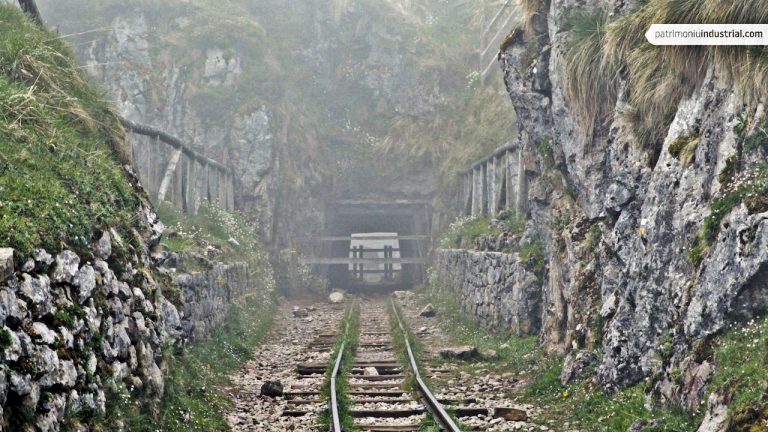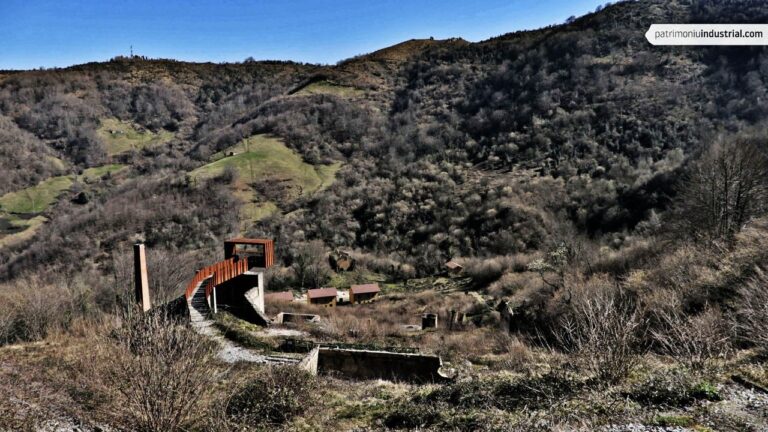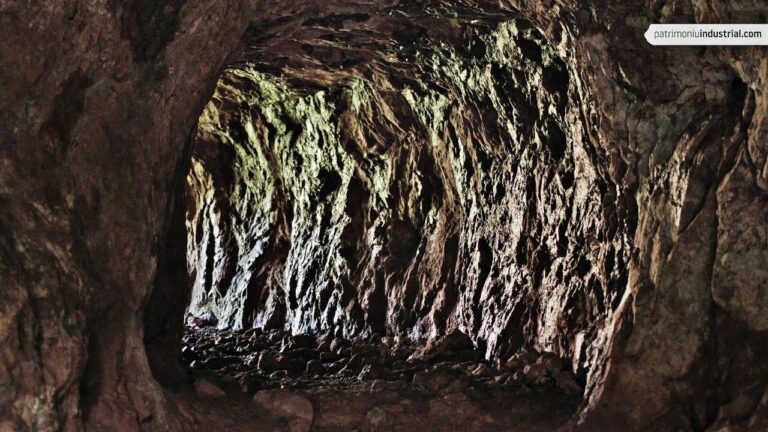Mining
Asturias was the second Spanish mercury producer, being Almadén the first one. This type of works started during the Roman Age, according to some galleries and mine shafts that were attributed to this date. Besides mercury, these mines did also contain arsenic.
These mercury mines were located 5 kilometers to the north-west of Pola de Lena and the work in them was sporadic between 1845 and the beginning of the 1960s.
The first claims in the mines of this zone (up to 40) took place in 1844 and 1854 and were done by the mining companies Anglo-Asturiana, El Porvenir, La Constancia and La Concordia.
The mining activities were started by an Asturian company, La Concordia de Mieres, and an English one, the Asturian Mining Company. From 1848 on, the Sociedad Minas de la Soterraña company was created and tilling and metallurgical modern systems were established.
The first mineral deposit contains cinnabar (mercury sulfide), realgar (arsenic sulfide) and, in a much smaller proportion, orpiment (another arsenic sulfide). They appear in some irregular calcite deposits located in carbonated levels of the Carboniferous period, generally rich in organic or carbonaceous substances. The larger concentrations appear in those limestones that were more affected by tectonics or when they penetrate a coal level located next to one of the limestone sections. In addition to the formerly mentioned ones, some other sulfides are present (such as pyrite and marcasite).
In these Pola de Lena deposits, we can find large amounts of mercury and, in a smaller proportion, arsenic, which impurified the ground, water, vegetation and air. Thus, some concerns arose from the labouring and metallurgical treatment processes. Besides all the human harms as a result of mercury poisoning, this industrial activity produced strong damages in the perimeter of the facilities, such as the accumulation of useless and harmful residues, the ground deterioration, the plummeting water quality, the biodiversity harms, the visual impact damages and many other consequences that still have not been mended.
Carlos Luque Cabal y Manuel Gutiérrez Claverol












Recent Comments